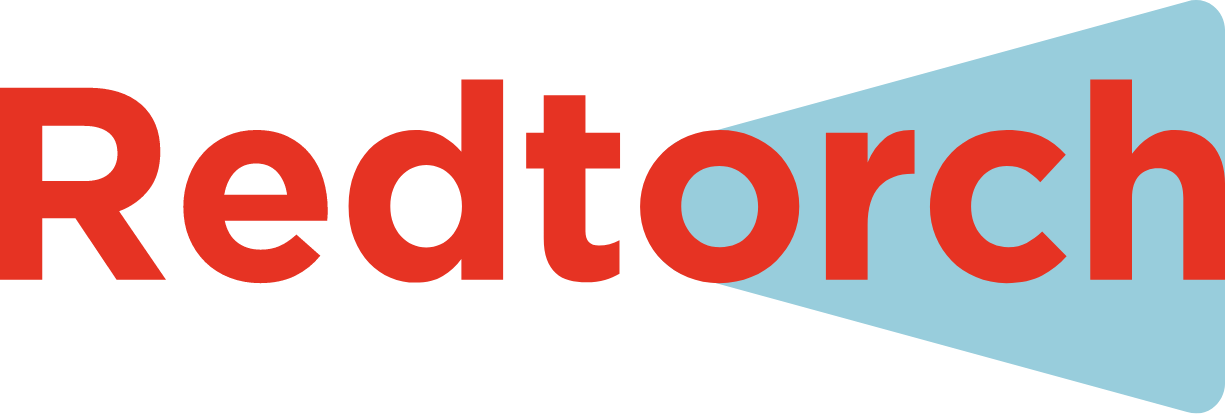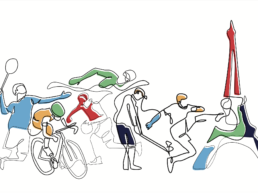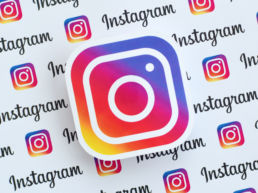It was the biggest come back in Super Bowl history. Even if you’re not an American Football connoisseur, the general sports fan can still admire the awesome display put on by Tom Brady and the New England Patriots to steal the victory in ‘sudden death’ overtime.
The Super Bowl delivered the goods yet again in 2017, with the 51st edition proving the power of sports to engage audiences and benefit commercial organisations. The Internet goes mad for the NFL’s pinnacle, and brands queue up to pay big money to advertise in this space. The price of a 30-second Super Bowl ad costs as much as $5m. Brands pay for eyeballs, and millions were glued to screens worldwide last Sunday evening for kick off.
According to Netbase, from tracking the hashtag #superbowl, 2.7 million people authored 5.7 million original posts between noon on Sunday and 1pm Monday (EST). This led to almost 40 billion impressions. After adding in more hashtags including #SB, #SB51 and #superbowl2017, the count more than doubles at 11.9 million posts leading to 86 billion impressions.
Twitter has always been keen to shout about its engagement in a bid to keep up with Facebook. It reported that there were 27.6m global tweets related to #SB51 during the live telecast and the second most talked about event was Lady Gaga’s half time performance, showing fan engagement isn’t solely reserved for the sport itself.
According to Facebook, 64 million people made 240 million interactions on its social network for Super Bowl 51, an increase over last year’s 60 million users and 200 million posts. On its younger platform Instagram, 44m people made 150m interactions.
Unsurprisingly, video and mobile played a massive part in Super Bowl engagement this year – the company says over 90% of Facebook interactions took place on mobile and there were 262 million views of Super Bowl-related videos on the platform. This was helped by NFL’s posting of official content, including Live video and other behind-the-scenes action – a sign the brand is realising it needs to cater for the tech-savvy younger generation. This should be a clear indication that your content needs to be mobile-first if you’re to reach your audience in 2017.
Massive engagement then for the big platforms, but numbers were down from 2015’s record-breaking Super Bowl. When combined with the NFL’s falling ratings, it shows that fans are starting to consume media in increasingly diverse ways.
Perhaps next year for Super Bowl 52 we will see a decrease in television ad spend as television audiences decline. Platforms like Snapchat have yet to release their Super Bowl stats, and they will have undoubtedly eaten into Facebook, Instagram and Twitter’s online engagement. It’s becoming increasingly challenging for brands to cover all the bases encouraging content consumption, but one truth remains constant – sport gets engagement.




